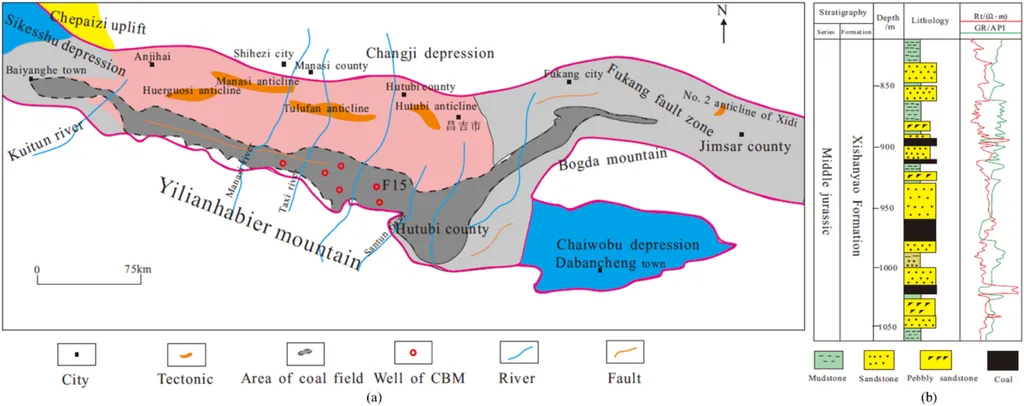In the depths of coal mines, where the air is thick with unseen dangers, a groundbreaking method is emerging to predict gas concentrations with unprecedented accuracy. This innovation, spearheaded by Dr. ZHANG Jianguo from the College of Safety Science and Engineering at Henan Polytechnic University, could revolutionize safety protocols and operational efficiency in the energy sector.
Dr. ZHANG and his team have introduced a novel approach inspired by techniques used in Russian coal mines, known as the frequency spectrum acoustic method. This method involves analyzing artificial acoustic signals to screen indicators closely related to gas concentration. “The key challenge was to move beyond traditional methods that rely heavily on historical data and dynamic-static parameters,” Dr. ZHANG explained. “We needed a more adaptive and accurate way to predict gas concentrations in real-time.”
The research, published in the Journal of Mining Science (矿业科学学报), employs a sophisticated combination of Grey Relational Analysis (GRA) and Hierarchical Cluster Analysis (HCA) to identify the most relevant indicators. The team then applied the Simulated Annealing Algorithm (SAA) to optimize the Variational Mode Decomposition (VMD) process. This decomposition breaks down noisy gas concentration signals into stable intrinsic mode functions, each with distinct frequencies.
One of the most innovative aspects of this study is the use of the Generalized Regression Neural Network (GRNN) to predict each modal component. The SAA was again employed to identify the optimal smoothing factor for the GRNN, ensuring the highest possible accuracy. “The ‘decomposition-prediction-reconstruction’ mechanism effectively suppresses noise interference and reduces nonlinear complexity,” Dr. ZHANG noted. “This leads to significantly improved prediction accuracy.”
The results are promising. The VMD-SAA-GRNN model demonstrated superior generalization capability and higher precision compared to four alternative models. This breakthrough could have profound implications for the energy sector, particularly in deep coal mining operations where gas concentration prediction is critical for preventing dynamic disasters.
The commercial impact of this research is substantial. Accurate gas concentration prediction can lead to safer working conditions, reduced downtime, and increased operational efficiency. “This method provides a valuable reference for gas control in deep tunneling faces,” Dr. ZHANG stated. “It offers a more reliable and adaptive solution for monitoring and managing gas concentrations in real-time.”
As the energy sector continues to evolve, the need for advanced safety and monitoring technologies becomes ever more pressing. Dr. ZHANG’s research represents a significant step forward in this field, offering a glimpse into the future of gas concentration prediction and control. With further development and implementation, this method could become a standard practice in coal mines worldwide, enhancing safety and efficiency across the industry.

